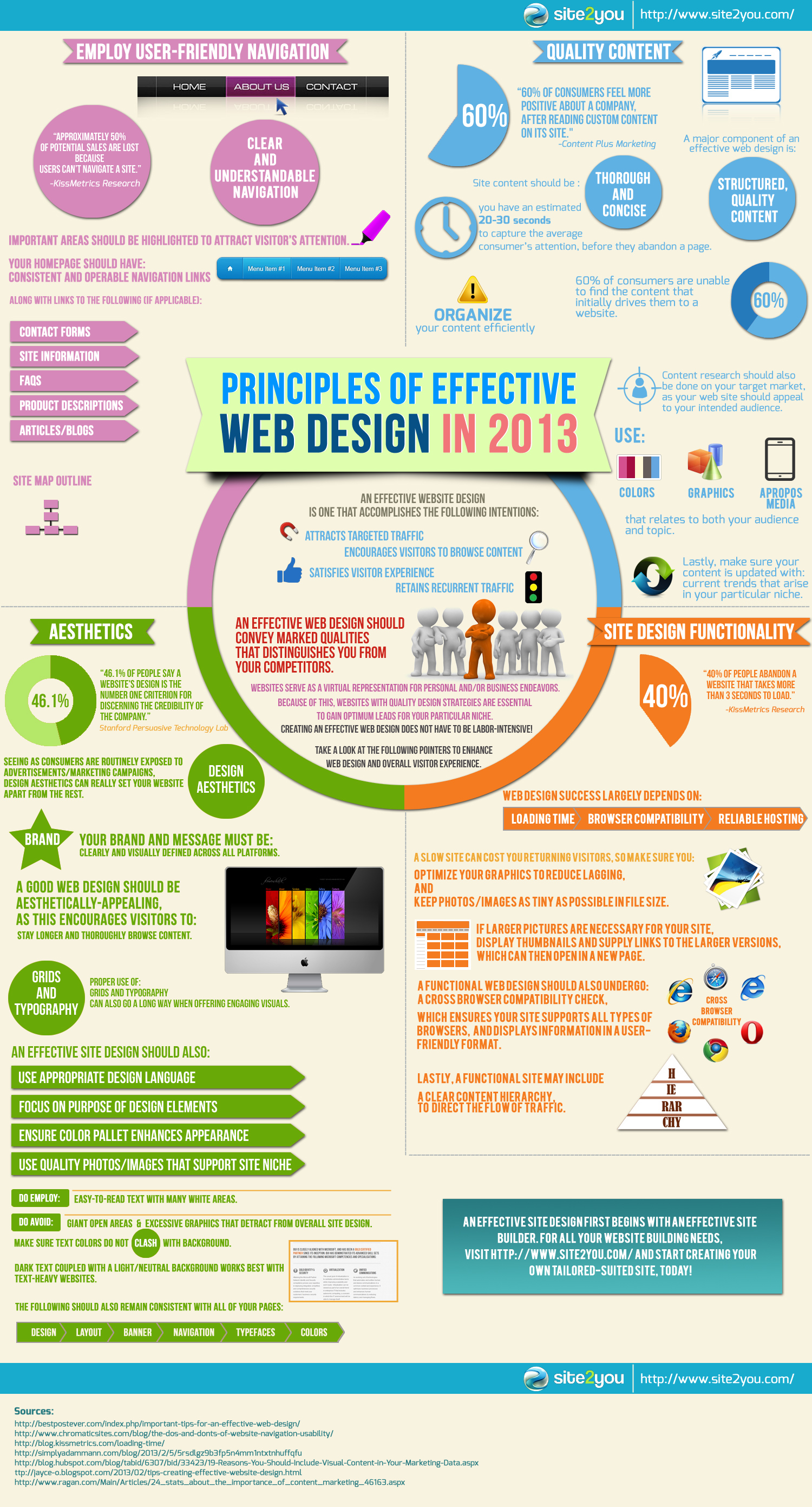Core Concepts Of Internet Site Layout: Guidance For Crafting A User-Friendly Online Visibility
Core Concepts Of Internet Site Layout: Guidance For Crafting A User-Friendly Online Visibility
Blog Article
ada title iii website accessibility By-Crews Gammelgaard
When it comes to website layout, making certain user-friendliness is crucial. From go to this website to streamlined navigation, every aspect plays an essential role in developing a site that accommodates your target market's needs. But what concerning the better details that can make or damage an individual's surfing experience? Stay tuned as we uncover some often-overlooked ideas that can boost your site's usability to the next degree, making it truly attract attention in the digital landscape.
Value of Responsive Style
Responsive style is an essential element of contemporary internet site development. Guaranteeing your website is receptive means that it can adjust to various display sizes and tools, giving a seamless experience for customers.
With the enhancing use of smartphones and tablets to access the net, having a responsive layout is vital for reaching a wider target market. It helps in enhancing individual experience by making your website easy to browse and continue reading any tool.
In addition, responsive design can positively affect your online search engine rankings, as online search engine like Google focus on mobile-friendly web sites. By having a receptive layout, you're additionally future-proofing your internet site, as brand-new devices with varying screen sizes continue to emerge.
Simplify Navigation Framework
To enhance customer experience and facilitate very easy access to info on your site, simplifying the navigating framework is critical. When developing your site, focus on producing a clear and user-friendly navigation food selection that assists visitors discover what they're trying to find quickly.
Restriction the variety of menu items to the essentials, grouping associated web pages together to avoid overwhelming individuals. Usage descriptive labels that plainly suggest the material of each page, making it less complicated for users to recognize where each link will certainly take them.
Take into consideration implementing dropdown menus for subcategories to prevent littering the main navigating bar. Additionally, include a search bar plainly on the page for individuals that favor searching for particular information.
Focus on mobile responsiveness in your navigating design to ensure very easy accessibility on all devices.
Maximize Web Page Load Rate
Improving page lots speed is essential for preserving visitors on your web site. Slow-loading pages annoy customers and can lead to high bounce rates. To maximize page lots rate, begin by maximizing photos. Press pictures without endangering quality to decrease their file dimensions.
Additionally, enable browser caching to save often accessed resources in your area, speeding up lots times for returning visitors. Minify CSS, JavaScript, and HTML files by removing unnecessary personalities, comments, and format, boosting lots rate.
Consider using a web content distribution network (CDN) to distribute your site's web content throughout several web servers worldwide, lowering latency for users accessing your website from various places. Finally, restrict the use of third-party manuscripts and plugins, as they can significantly affect lots times.
Conclusion
To conclude, by incorporating receptive design, simplifying navigation, and maximizing web page load rate, you can create an user-friendly site that appeals to a wider audience and enhances customer experience. These essential elements make certain that visitors can easily gain access to and browse your site throughout different gadgets, causing enhanced involvement and contentment. By concentrating on these key aspects, you can develop a successful site that keeps individuals returning for more.
